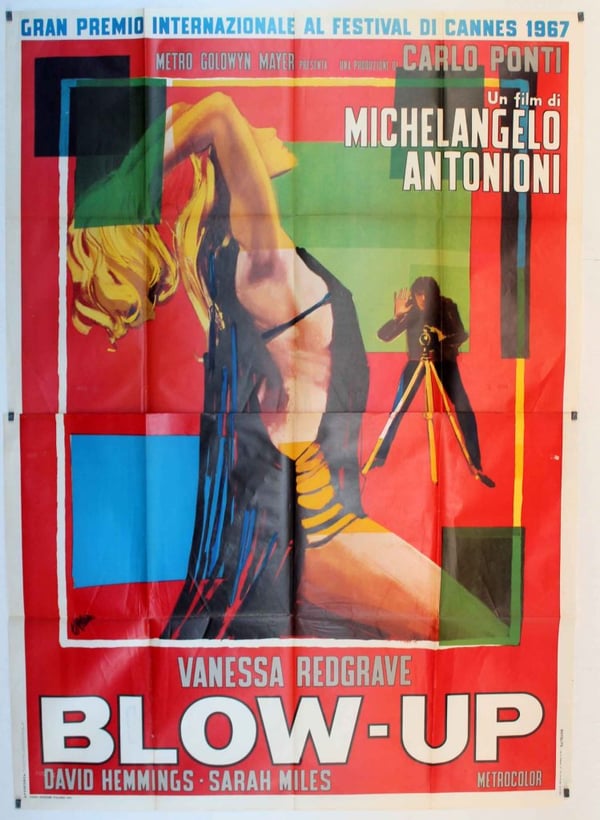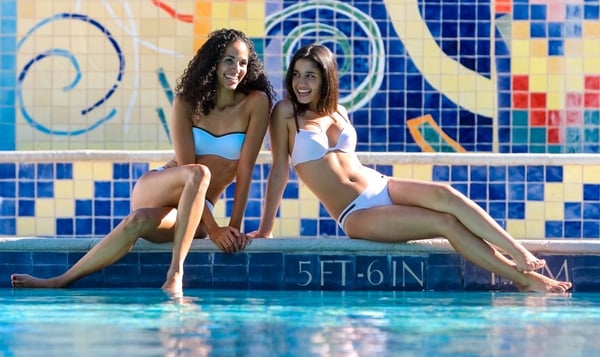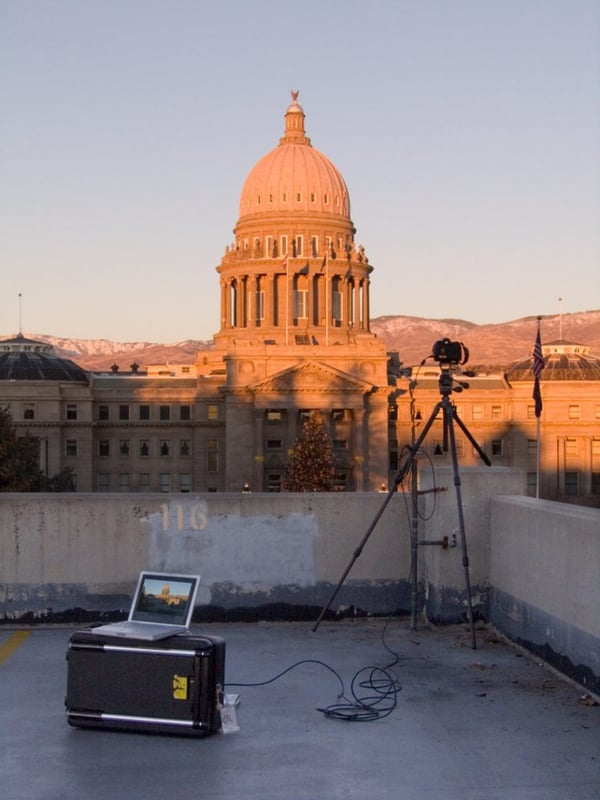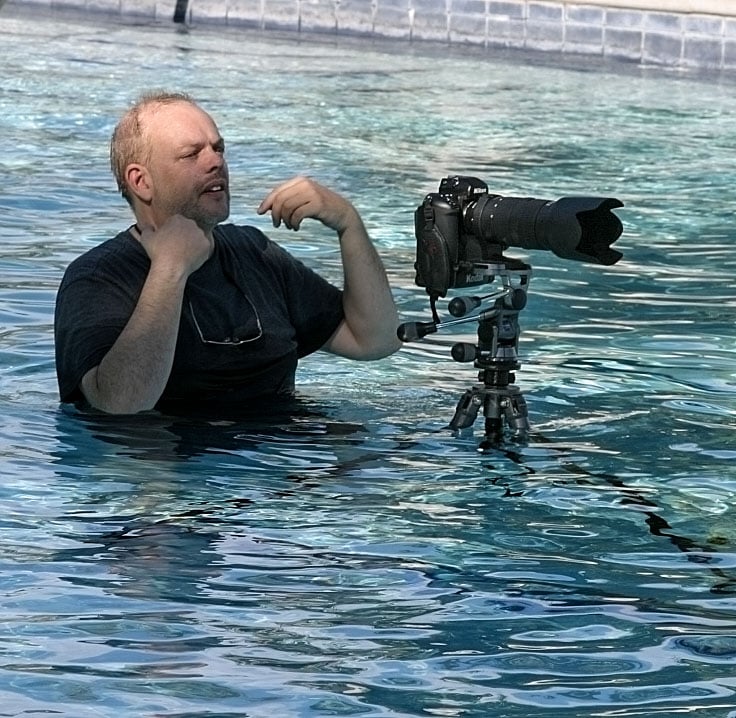The Closet of Disappointing Tripods
By Kevin Ames
A tripod is an absolute necessity for any serious photographer. The tripod helps with composition. It steadies the camera during long exposures. It allows super telephotos to be held on a distant subject. It provides a base for focus stacking, high dynamic range brackets not to mention panoramas. Yes the tripod does all of these things and more.
And yet…
Few photographers carry and use one. The whining about them is rife, as are the reasons to actually have one handy.
“It’s too bulky.” (Even a compact tripod is better than none at all.)
“A tripod slows me down.” (Since photography, at least the serious kind, is a deliberate practice, slowing down seems to me like a good thing. Ansel Adams’s Moonrise Over Hernandez N.M. wasn’t made on a hand held with a motor drive.)
“It’s too heavy.” (Back in the day, before carbon fibre, a heavy weight tripod was desirable–weight equaled stability.)
My advice on buying a tripod then was to find the heaviest tripod you would be willing to carry, and then to buy the next bigger model. To a degree, I still adhere to this advice. Now, it’s the thickness of the leg and the weight that a carbon fibre tripod can hold that gets my “camera support heart” racing. A tripod that can hold a lot of weight can be further weighed down to add stability. Use a carabineer to attatch a lightweight, zippered canvas bag under the tripod, within which you can load a case of bottled water to weigh the whole tripod down. This works just as well as lugging a heavy tripod everywhere; you can always drink the water. A tripod born heavy, stays heavy.
How can one know which tripod to purchase? This is the golden question for a few reasons. If a tripod is hard to use, the photographer won’t use it. If it is too heavy, the photographer will leave it at the studio. The same logic applies if the tripod is too flimsy. So…
Where does a photographer go who is looking for solid support? Probably not the camera store. Why? The camera store is there to sell accessories that carry a good profit margin since cameras and lenses don’t. The sales people, for the most part, will sell the tripods that deliver the most to the store’s bottom line. For the most part, this is not a bad thing because the majority of people who buy a tripod don’t really commit to using it all the time. No matter that the benefits a good tripod adds to the photograph being made; people are in such a hurry that “good enough” is, sadly, good enough.
I would rather have a top-notch tripod and a second tier camera than the other way around. A critically sharp, well-composed photograph will most likely not be made hand held. That’s not to say it can’t be done. I am saying it won’t happen consistently.
Talk to a pro about the tripods he has owned. You’ll hear stories about the promises a tripod seemed to make only to then disappoint and be relegated to a closet. Ask to see them. If the pro has been working for a decade or two, you’ll see several. Some tripods will look new. Other tripods will be broken like the promises they made in the store. Still others will show some wear but won’t stand tall anymore due to slipping legs or heads that won’t stay tight.
My tripod story started with the Majestic series of tripods. These were designed for heavy cameras like my then workhorse Sinar P. The Majestic weighed in at over 15 pounds, when including the head. It would safely hold 35 pounds.
Medium format Hasselblads topped off the Leitz TiltAll tripod I used for years and frankly, wore out. I recently came across one of the originals the Marchioni TiltAll. I bought it for sentiment, not to use.

David Hemmings, with Hasselblad camera on a Marchioni TiltAll tripod. Blow Up poster courtesy: http://www.benitomovieposter.com
I worked with other tripods for years that were mainly made by Gitzo. The one that went most everywhere was the monstrous G-1504 that raised just shy of a hundred inches. It was rated at 33 pounds. With the geared center column and head, it tipped the scales at close to eighteen pounds.
As soon as I learned about Really Right Stuff’s BH-55 ball head, the one that came on the Studex disappeared. I just wish RRS had made their gear earlier in my career.
All of these tripods and some mistakes are now in my closet of disappointing tripods. The Studex is Ok. It’s just too darn heavy and won’t hold enough weight. It hasn’t really seen the light of day since RRS released it series 3 carbon fiber tripod legs. The Versa TVC-34L is robust. It’s lightweight. It holds a whopping 50 pounds. Why is this important to me with DSLRs and lenses being fairly light compared to a 4X5 view camera? Remember the bag filled with water bottles for stability? Now I don’t have to carry a brute of a tripod. The TVC-34L comes along instead. I bought the optional center column for extra height. It isn’t quite as tall as the Studex, but holds more twenty-five percent more weight. That means much steadier camera support on a windy day. Here’s the 34-L on location in Paris making the photograph of the Eifel Tower that leads off this post.
Were you to drop by my studio you’d see all of the other tripods in the “closet.” The TVC-34L, however, is on the job along with its big brother, the newly arrived TVC-45 that boasts a load limit of a hundred pounds. This not quite seven pound baby seems like it would stand up to practically any wind short of a hurricane. Not that I plan on finding out…
—
All Photos ©Kevin Ames (except where noted.)






